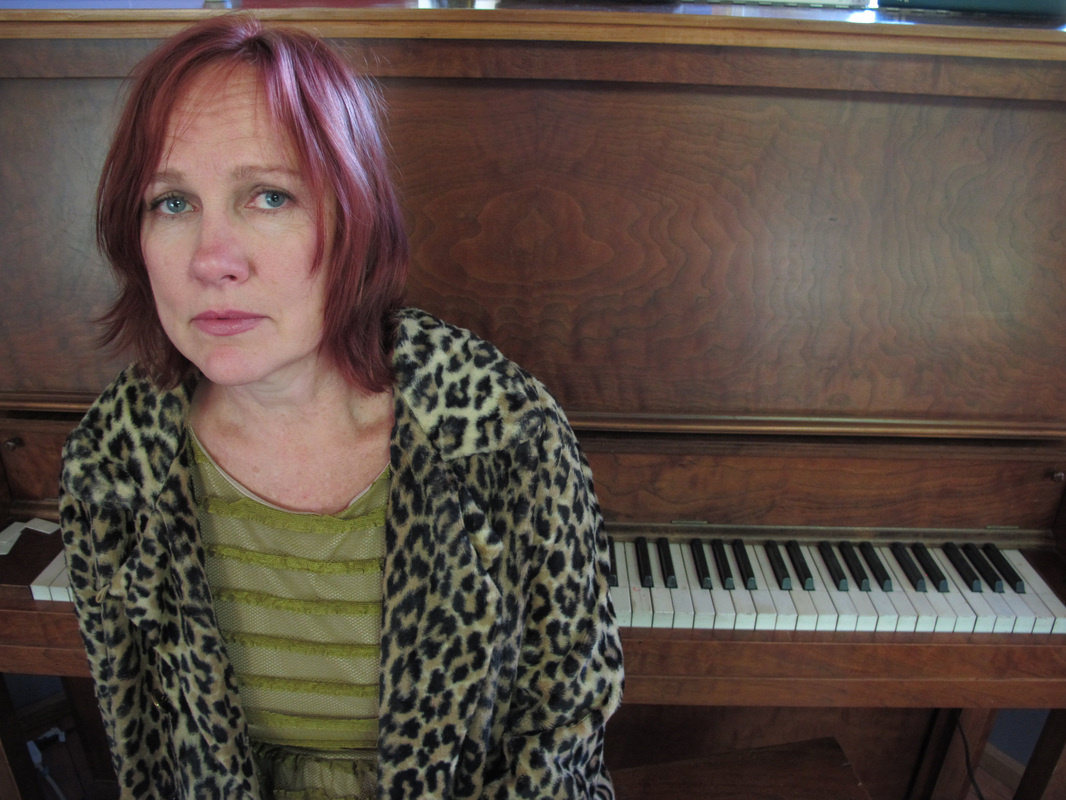|
Iris DeMent has a better home-run ratio than Babe Ruth.
She has issued only a handful of albums, as we still call them, containing some of the most profound songs ever written, ever sung – “Our Town,” “My Life,” "No Time to Cry, and “When My Morning Comes Around," which is more than a song, it is a hymn. I have raved about her before, The Prophet Iris and her song "Living in the Wasteland of the Free," never more relevant. DeMent does not come around that often, but she is currently wending her way toward Port Washington, Long Island. On Saturday at 8 PM, she will appear at the Landmark on Main Street. to be introduced by John Platt of WFUV. The building used to be the Main Street School, high on a hill -- a landmark, one could say. All three of our children attended Main Street. One daughter played the flute and the other played the cello and our son had a notable cameo in a class play. Now the building has been converted into apartments for seniors, with the old auditorium hosting a music series ranging from doo wop to folk. Iris DeMent fans await that rare swing, that rare album, that rare tour. In 2012 she issued "Sing the Delta," 12 of her songs, rooted in Arkansas, where she was born, the youngest of 14 children. “Some of these songs I’ve had around awhile but I needed time to grow into them,” she has said. “I guess you could say I just wasn’t ready to deliver them in the way that they de-served. I’m glad I waited. It’s taught me to surrender…to trust the natural flow and order of things and not worry about it.” On Saturday Iris DeMent is performing a mile from our house. I'll be there.
Mendel
5/12/2014 02:05:45 am
Glad I brought my earphones today to the library. Doubtful others in the Israel National Library are listening to Iris but one never knows. 5/12/2014 05:49:10 am
Thanks, George! Wish I could be there in my beloved Port to catch her. Current and future Iris fans may also want to check out her cameo in the movie Songcatcher (good film, too). https://www.youtube.com/watch?v=A6ArylRGWME
George Vecsey
5/12/2014 09:22:57 am
Thanks to both... Mendel, .Israel's a pretty complex place. You never know what's on the earphones. Peter, thanks for the tip on the movie. 5/15/2014 08:45:26 am
George Comments are closed.
|
Categories
All
|










